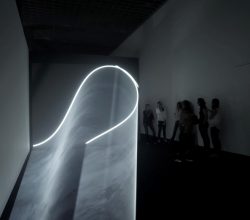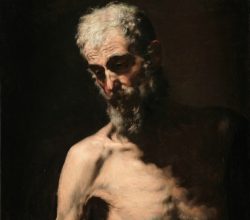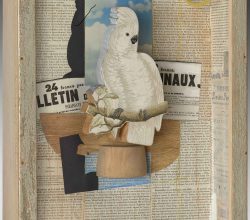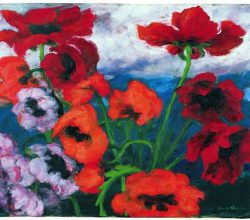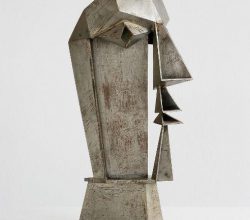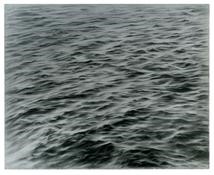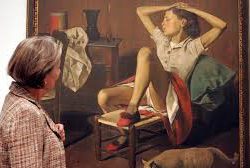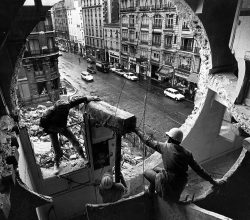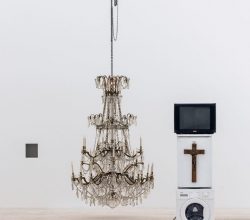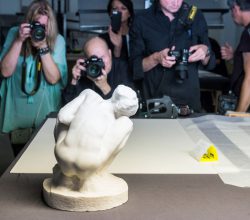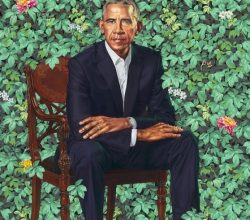
The Obama portraits are direct, vital, and above all, cool
Constance Grady | Vox | 12th February 2018
The “immensely striking“ presidential portraits have unleashed a deluge of commentary, a fraction of it about the art. As Morgan Meis argued last year, figurative art is having a renaissance because of its narrative power. Kehinde Wiley in particular exemplifies this. His portraits of black men striking Old Masters’ poses redistribute “the aesthetic power of art … [the Obama work] has the aesthetic effect of a baroque portrait”.

